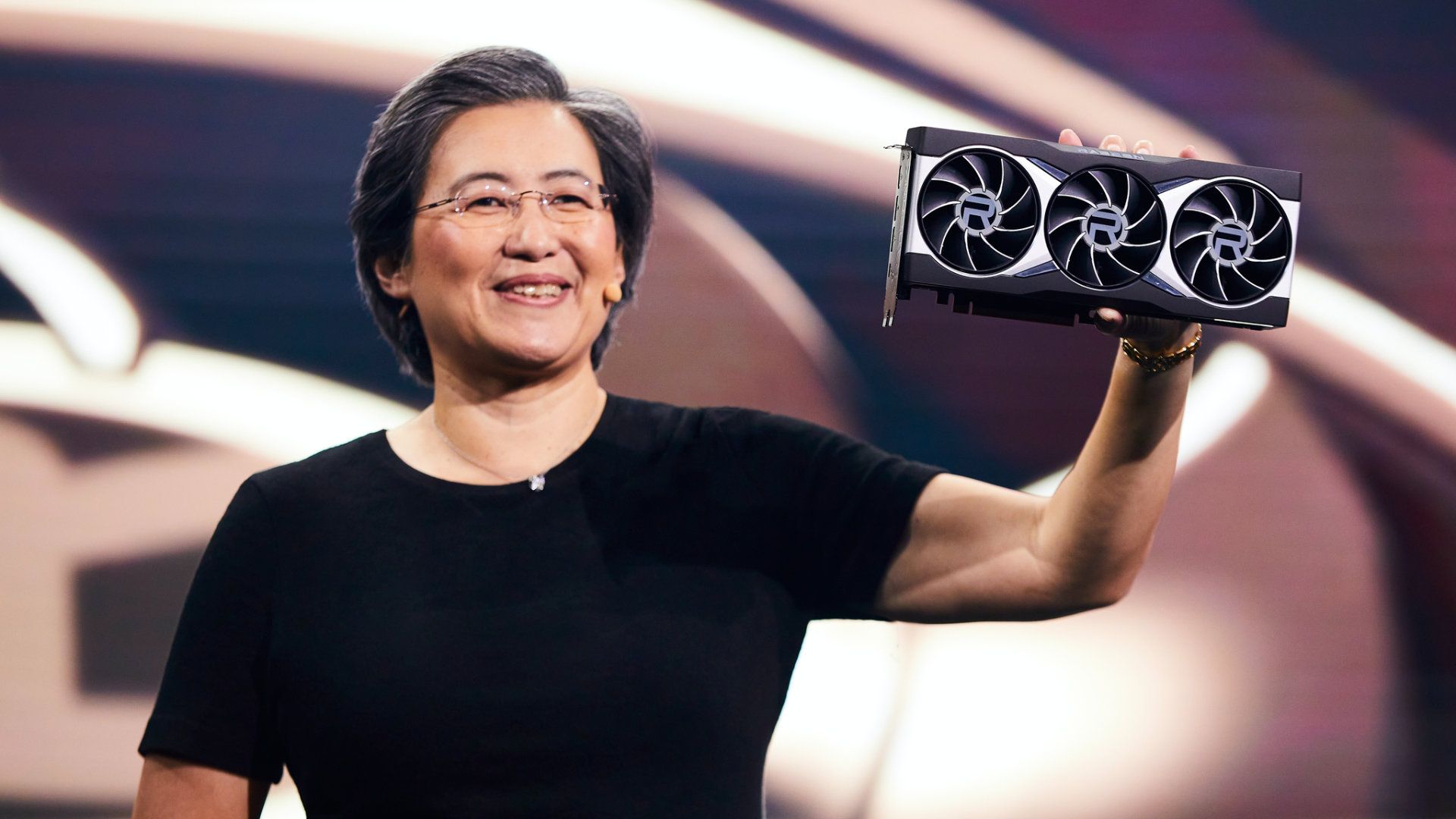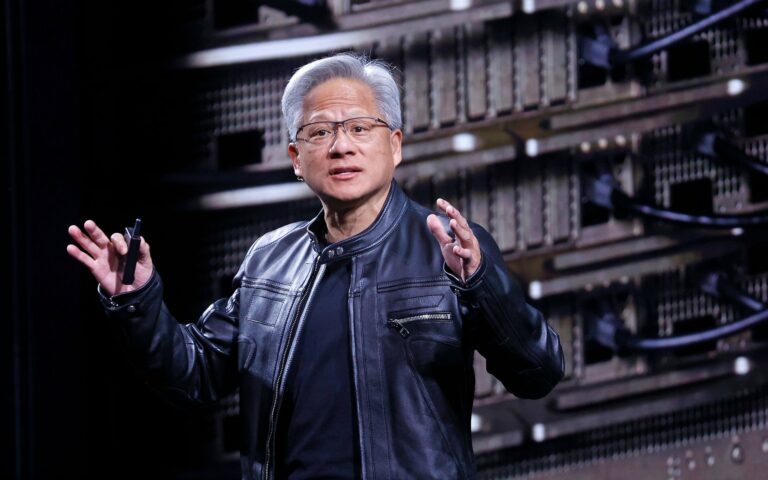Execution as Strategy — innovation through focus, patience, and design.
The Underdog Playbook: Compete by Design
When Lisa Su became CEO in 2014, AMD was written off. Its chips lagged Intel’s, its stock was collapsing, and its talent was fleeing. Yet Su’s response was radical in its simplicity: “Focus on what we can control — great products.”
Instead of diversifying into distractions, she rebuilt AMD’s architectural edge — doubling down on high-performance design, precision manufacturing partnerships, and patient iteration.
Where competitors chased diversification, Su enforced focus. Her north star wasn’t disruption — it was discipline.
That restraint became a competitive weapon. By 2017, AMD’s Zen architecture not only closed the performance gap but redefined what efficiency could mean in CPU design. It was the quiet revenge of engineering-first capitalism.
Innovation Through Patience
In an age obsessed with “move fast and break things,” Su’s AMD chose to move slow and make things right.
Chipmaking doesn’t reward haste — it rewards long-cycle conviction. Su rebuilt AMD’s innovation cadence around patience as a strategic moat:
- Five-year roadmaps instead of quarterly pivots.
- Partnerships with TSMC that emphasized trust over short-term leverage.
- Relentless product discipline, ensuring every generation improved on fundamentals rather than fads.
This patience wasn’t passive — it was precision management. As competitors overpromised and stumbled, AMD’s quiet consistency turned into a market weapon.
Today, AMD powers everything from AI servers to PlayStations, not because it moved first — but because it executed better.
Leadership by Engineering
Lisa Su’s leadership style breaks from Silicon Valley archetypes. She’s not a visionary preacher, but an architect in chief — turning engineering rigor into corporate culture.
Her mantra, “Clarity and focus win,” echoes through AMD’s organization:
- Every team knows its mission.
- Every roadmap is public internally.
- Every milestone is measurable.
That culture of transparent accountability transformed AMD from chaos to coherence.
And it reshaped the CEO archetype itself: the builder-strategist who leads through systems, not slogans. In a tech world defined by hype cycles, Su proved that sustained execution is the purest form of innovation.
Outsmarting Giants: The Power of Focus
While Intel wrestled with internal complexity and NVIDIA rode the AI wave, AMD positioned itself between them — lean, modular, and adaptive.
By betting early on chiplet design, AMD outflanked Intel’s monolithic architecture. By maintaining a fabless model, it leveraged the world’s best manufacturers without being dragged into their capital intensity.
In short: focus created flexibility.
AMD became the rare tech firm that didn’t try to do everything — it tried to do one thing better than anyone else. That single-mindedness turned the company into a silent giant, powering the world’s most advanced computing without ever shouting about it.
Looking Ahead
Lisa Su’s AMD is more than a comeback story — it’s a case study in how to win by narrowing the aperture. As AI and semiconductor geopolitics reshape the global tech economy, her formula remains timeless:
- Patience beats panic.
- Precision beats speed.
- Execution is strategy.
In a future where every company claims to innovate, Su reminds us: true innovation happens when vision meets follow-through. AMD’s rise is not just about chips — it’s about the art of staying focused in an age of distraction.
Follow Tomorrowist for more insights on innovation, deep tech, and value creation.





